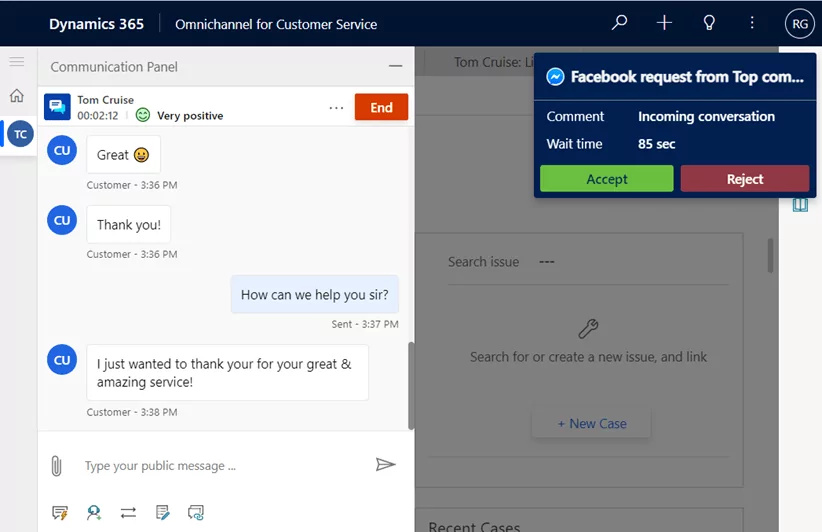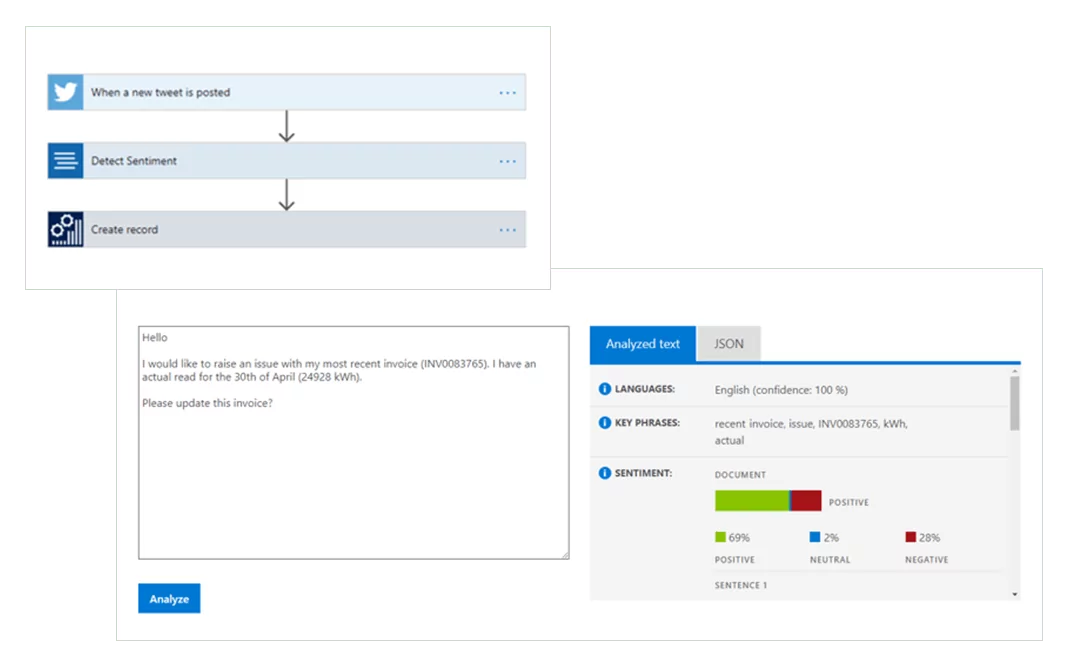5 tips to personalize your customer experience
We’ve all experienced the frustration of being placed endlessly on hold when calling a help desk to resolve a customer service issue. We all know how annoying it can be to attempt to resolve a billing error via website forms, and e-mails that feel like you’re simply ignored.
What’s even worse, however, is being on the other side of these interactions knowing that your customers’ frustrations are growing, and issues remain unresolved.
The solution
The good news is that you can prioritize the customer experiences that are essential to your revenue growth with technology in several ways:
1. Next generation self-service portals
Traditionally, a customer self-service portal served as an online location where customers could find information about accounts, look at their bills and consumption, manage their contact information, submit requests, and make payments.
Although this was a great start, customers have grown to expect more from their utility provider and their customer self-service portals. Having experienced that initial sense of empowerment, your customers now wish to manage their own payment plans and payment extensions, and more, without having to speak with your Customer Service Representatives (CSR).
By giving your customers access to their usage data and billing information through a secure, online portal, you can provide them more control over their account and improve transparency.
2. Chatbots, the step-up to improve customer experience
Utilizing artificial intelligence (AI) and chatbots can help you provide quick and efficient customer service, even outside of regular business hours.
The intelligent chatbot is perhaps the most important and visible AI technology you can adopt to improve your customer experience. An intelligent chatbot can use historical data to learn patterns of interaction to predict customer needs even before they get in touch.
That use of data means that customers can get responses faster. Furthermore, you can also redeploy CSRs to more stimulating and value-added work such as investigating more complex cases or interacting with your customers on social media. Promoting and protecting the brand voice and meeting your customers on their preferred platform will be part of the possibilities.
The data generated by the chatbot can also be used to guide your customers on other channels. For example, using customer experiences to push notifications on the customer portal towards individual customer groups around infrastructure, consumption savings and more.

3. Taking an omnichannel and personalized approach

Leveraging AI to move towards an omnichannel-centered customer experience allows you to process queries quicker and still be resource efficient.
The main philosophy behind this approach is to get to know your customers better and to leverage that knowledge to meet them on their preferred channel. This could mean replacing contact forms with chatbots but also using alerts and attractive portals to proactively inform customers of issues or offer personalized tips.
An important part of customer centricity is knowing the sentiment of your customer. By automatically scoring the sentiment of all incoming communication you can make sure your response is even more ‘personal’. E.g., if a customer with a positive contribution is unhappy, you want to direct them to a real person instead of trying to get this resolved via a chatbot or website form.
4. Improving communication
Boosting your customer experience also means that you need to communicate more effectively and proactively with your customers. In the new world, you know all their ins and outs.
This allows you to provide communication or offerings that are perfectly tailored to their needs or consumption patterns, by making full use of the captured data.
It also enables you to provide clear, concise, and live updates about service disruptions, billing, and other important issues, which can reduce customer frustration and improve overall satisfaction. While doing so, you can use the preferred communication channel of your customer, which is likely to create trust and appreciation, and therefore brand satisfaction and loyalty.
5. Leverage data to create a personalized experience
By analyzing customer data, you can identify patterns and trends that can help you better understand customer needs and preferences. This allows you to create a personalized experience for each customer, providing them with tailored products and services that meet their specific needs and preferences.
Continue Reading
Five ways UK water companies can enhance customer service
Discover five strategies for UK water companies to enhance customer service and rebuild trust in line with Ofwat's guidelines.
A CIS with Microsoft power, utility focus
When utilities seek a new CIS, they are often forced to choose between large vendors with weak support and smaller vendors that lack technological power. But what if you could have both?
5 ways to navigate the AMP8 challenge with success
With AMP8 approaching, the water industry faces significant challenges. Discover five ways in which smart technology can help overcome them.




